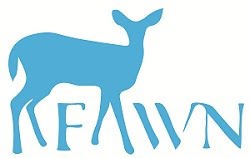Currently, preparing the final plates for printing. There are another 12 editions to print, so it will be touch and go whether there's enough time to get every single edition up on the site, but if not on the 3rd, they'll be there over that weekend. Each edition takes the best part of a day to print, but with the website to finish and the site images to photograph, and the mounts to order, and the postage to sort, and..... well, you get the picture, 8/10 days per week would be good at this stage!
No The Printing Room images this week! I will be keeping you all in suspense for the website opening, and so all editions will be hush-hush from now. Speaking of images, am preparing and buying frames, and will be setting aside a day and a friend pre-site/pre 3rd December to show you how your limited edition print will look framed... fantastic... obviously!!
Today: blogging, carving, cutting, printing, website-making. So much for Sunday being a rest-day. Right, enough of the chat, here's some pictures I've found that have helped the creativity flow this week, enjoy!













